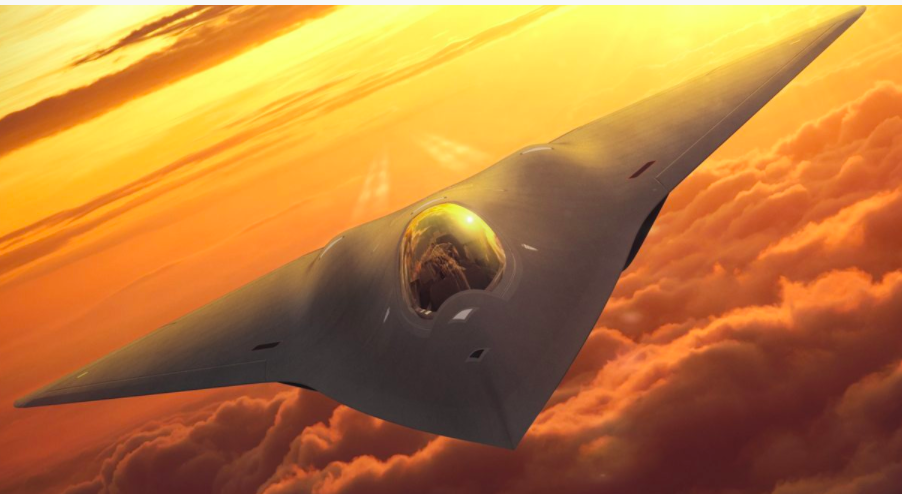
Concept art for a proposed Next Generation Air Dominance fighter. (Lockheed Martin)
WASHINGTON: The Air Force’s future fighter is being built with its flight control software completely separated from the software governing its mission systems, a unique feature that the service’s top general said will allow the aircraft to be refreshed with new technologies more quickly.
Air Force Chief of Staff Gen. CQ Brown told reporters during a April 12 roundtable that the approach for the so-called Next Generation Air Dominance Program (NGAD) is one that he believes the service has not taken in any of its previous fighters.
“If you’re able to take the flight control software and separate it from the mission system software… [and] I plug in an extra black box with whatever computing power, it doesn’t interfere with the flight controls,” Brown said. “[In] the F-16 I flew, the mission software and the flight control software were all intertwined. So anytime you did a mission upgrade, you had to go back and make sure the aircraft is safe to fly.”
Since disclosing the first flight of an NGAD demonstrator in 2020, Air Force officials have remained relatively mum about the effort, which will field a sixth-gen “family of systems” that will include a fighter and uncrewed aircraft that will begin replacing the F-22 Raptor around 2030. The service has not revealed the companies competing to make the aircraft or its mission systems, detailed requirements for the performance of the jet, or released any details on the acquisition of the fighter or its associated systems.
While the NGAD’s status as a highly-classified “special access program” is one obvious reason for the lack of public information about it, the program’s decoupled software approach raises the possibility that even those with insider knowledge of the NGAD aircraft can’t definitively say what kinds of novel tech will ultimately be fielded.
Decoupling the flight control and mission system software gives the Air Force more flexibility to add in emerging technologies that are currently under development, so long as they can fit inside the aircraft and meet weight, power and cooling parameters, Brown said.
“We can actually then change the mission systems and allow various vendors to compete, as long as they meet, form fit and function,” Brown said. “And because it drives competition, you get a better end product, and ideally, it brings the price down as well.”
While the NGAD program remains highly secretive, spending on the effort has been gradually growing over the past several years — a sign of continued progress. The Air Force wants $1.65 billion for the Next Generation Air Dominance program in fiscal 2023, a boost of about $133 million over its FY22 request.
Earlier this month, Maj. Gen. James Peccia, the Air Force’s deputy assistant secretary for budget, attributed that increase to advanced sensors and resilient communications gear for the sixth-gen fighter — the kinds of mission systems Brown suggested could be continuously evaluated throughout NGAD’s development.
In a ‘world first,’ DARPA project demonstrates AI dogfighting in real jet
“The potential for machine learning in aviation, whether military or civil, is enormous,” said Air Force Col. James Valpiani. “And these fundamental questions of how do we do it, how do we do it safely, how do we train them, are the questions that we are trying to get after.”


























